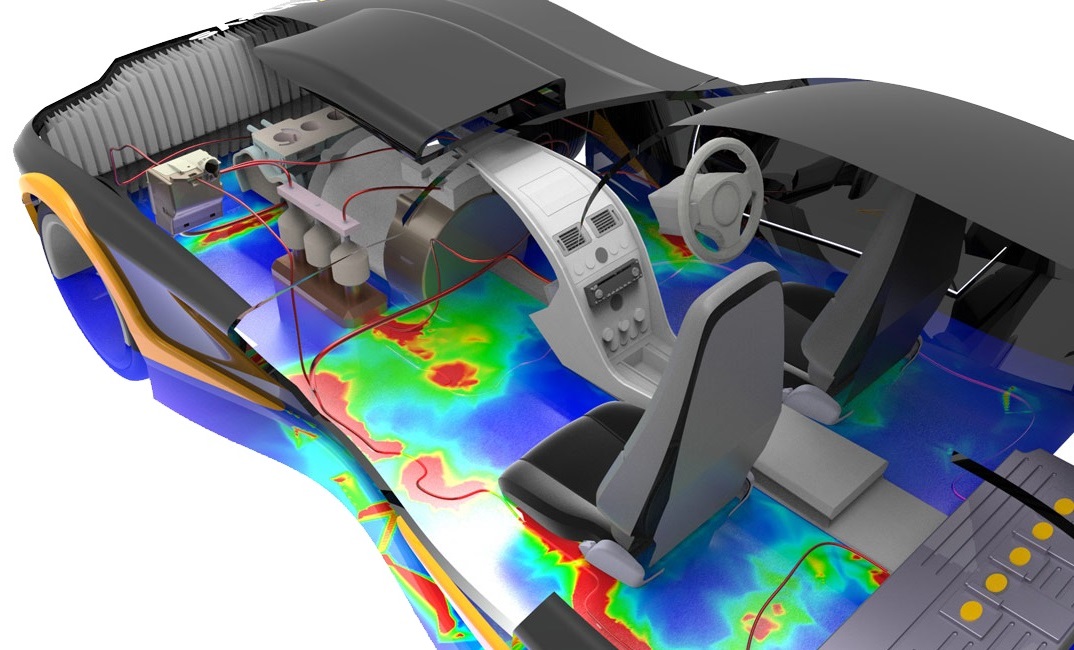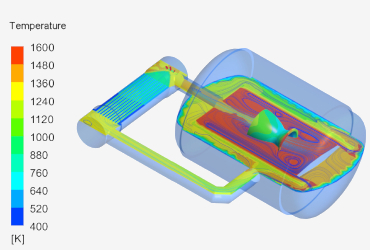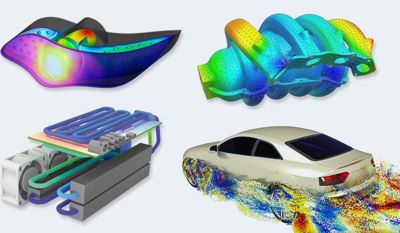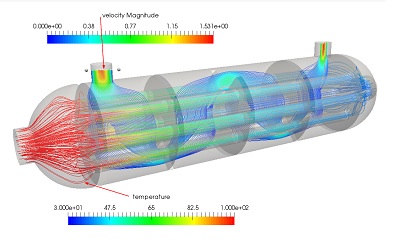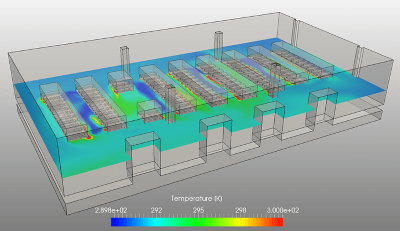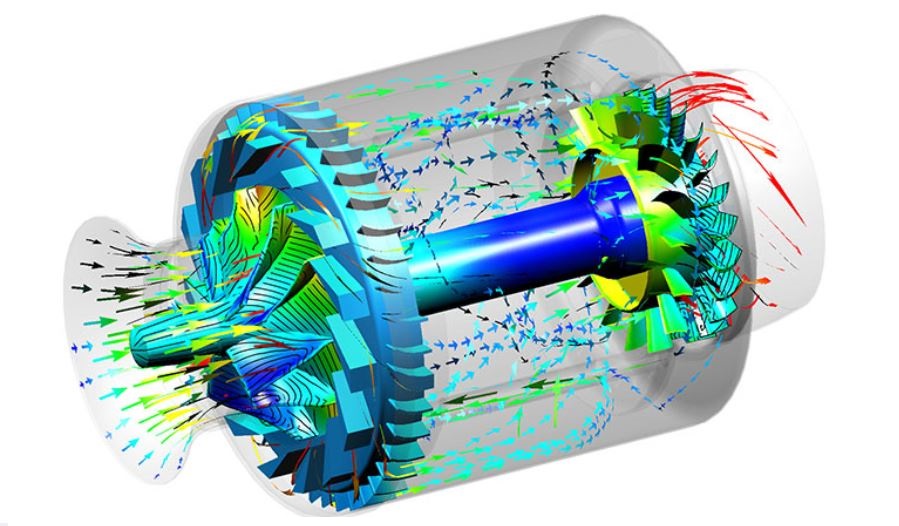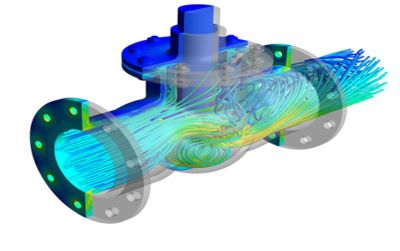Join CFD Courses Online & Take Your Career to New Heights
Niharika Institute of Computational Engineering (NICE) offers comprehensive CFD courses online, focusing on Siemens Star CCM+ software. Tailored specifically for college students and working professionals, this programme offers an immersive exploration of the realm of Computational Fluid Dynamics (CFD), complete with hands-on practice and expert guidance. Our CFD courses online deliver comprehensive training on cutting-edge software and tools utilised in fluid dynamics simulations. This expertise is highly valued in industries such as aerospace, automotive, energy, and more.

